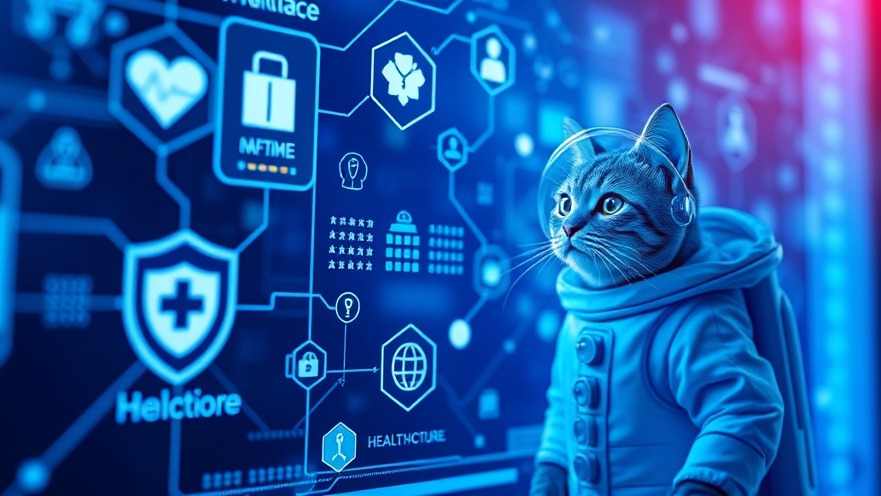
The Cybersecurity Crisis in Healthcare
In today's digital age, the healthcare sector is under constant threat from cyberattacks, making cybersecurity a top priority for organizations worldwide. Not only do these breaches pose a risk to patient privacy, but they can also result in significant operational interruptions, as illustrated by the recent ransomware attack on a small hospital in Illinois, which had to close its doors after being financially crippled. The incident serves as a stark reminder that strong cybersecurity measures are imperative for maintaining essential patient services.
A Growing Challenge: The Cost of Cyber Incidents
According to the 2024 CDW Cybersecurity Research Report, 51% of IT leaders across various industries have reported experiencing severe data breaches, with the healthcare sector facing the most critical implications. These incidents not only threaten the financial viability of healthcare institutions but directly impact patient care and safety. As healthcare organizations increasingly rely on digital health solutions, from telemedicine to AI-assisted surgeries, the importance of robust cybersecurity protocols cannot be overstated.
Creating a Culture of Cyber Resilience
Healthcare organizations are taking proactive steps to mitigate these threats by investing in their cyber resilience. For example, Novant Health's Chief Information Security Officer (CISO), Sanjeev Sah, emphasizes the pivotal role of team culture in cybersecurity. By fostering an inclusive environment that prioritizes professional development, organizations can empower their cybersecurity teams to better defend against and respond to emerging threats.
Empowering Through Education: The Key to Combatting Phishing
Education and continuous training are crucial in raising awareness about cybersecurity risks among staff. UC San Diego Health has re-evaluated its training approach, focusing on phishing attacks—a common tactic used by cybercriminals. By sharing insights and implementing targeted training programs, healthcare organizations can drastically reduce the likelihood of successful cyber infiltrations.
The Future of Cybersecurity in Healthcare
As healthcare technology evolves, so too must the strategies to protect it. Cyber recovery plans, as discussed by Nate Couture of the University of Vermont Health Network, are essential in ensuring that health systems can withstand and rapidly recover from cyber disasters. These strategies will become increasingly important as the reliance on AI healthcare solutions and digital health tools grows.
Overall, fostering a culture of vigilance and resilience within healthcare organizations will be crucial as technology continues to advance. Cybersecurity is not just an IT issue; it is vital for the quality of care provided to patients and the integrity of the healthcare system as we know it.
In conclusion, as healthcare systems embrace digital advancements, the integration of robust cybersecurity measures remains paramount. Organizations must prioritize not only technological defenses but also employee training and organizational culture to safeguard patient care in an increasingly complex landscape.
 Add Row
Add Row  Add
Add 




Write A Comment